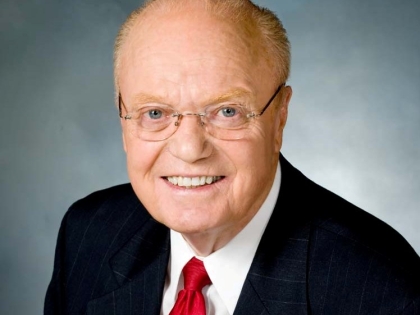
Senator Farley Says Donating Blood And Organs Can Save Lives
Summer is here and with it comes vacations and time off from school and work. Because people are generally away from home, blood donations are lower during this season.
Over the past several years there has been a significant increase in the demand for blood due to advanced medical procedures requiring large amounts of blood and an aging population, and this is a trend that will continue to grow in the foreseeable future. Unfortunately, despite an increase in the demand for blood, there has not been a correlating increase in the number of blood donations. As this country depends on a volunteer blood donor base, it is the responsibility of all of us to ensure that there is always an adequate, readily available supply of blood. Yet only five percent of those eligible to give blood actually do so. And during this time of year, that number is even less. Each summer, according to the American Red Cross, blood donations decline at a rate of 10 to 15 percent. The Red Cross is also reporting that there is already a critical shortage of Type 0 Negative blood this season.
Donating blood only takes one hour of your time and in that one hour, you can help to save up to three lives. You can make a blood donation appointment, find out about upcoming blood drives, or receive more information about blood drive sponsorship by calling the American Red Cross at (800) GIVE-LIFE or visiting the website www.DonateBloodNow.org.
On a similar note, organ donations are also needed. Nationally, the current waiting list for organs has reached over 90,000 people. Every 13 minutes another person is added to the list and an average of 17 people die each day waiting. In New York alone, the number waiting for a transplant is over 8,000. In 2004, just 398 New Yorkers donated lifesaving organs at the time of their death, while additional 541 people became living donors by donating a kidney, part of their liver, bone marrow, etc. Nationally in 2004, 7,150 people donated at the time of their deaths and 7,004 people became living donors in that year. There were over 3,000 tissue and eye donors in 2004, which resulted in approximately 15,000 life saving or enhancing transplants in New York.
New Yorkers interested in becoming a donor can sign up for the New York State Organ and Tissue Donor Registry by calling (866) NYDONOR (693-6667) or by visiting www.health.state.ny.us and clicking on the link to the Registry. In addition to signing up with the Registry, you should sign the organ donor box on the back of your driver's license.


